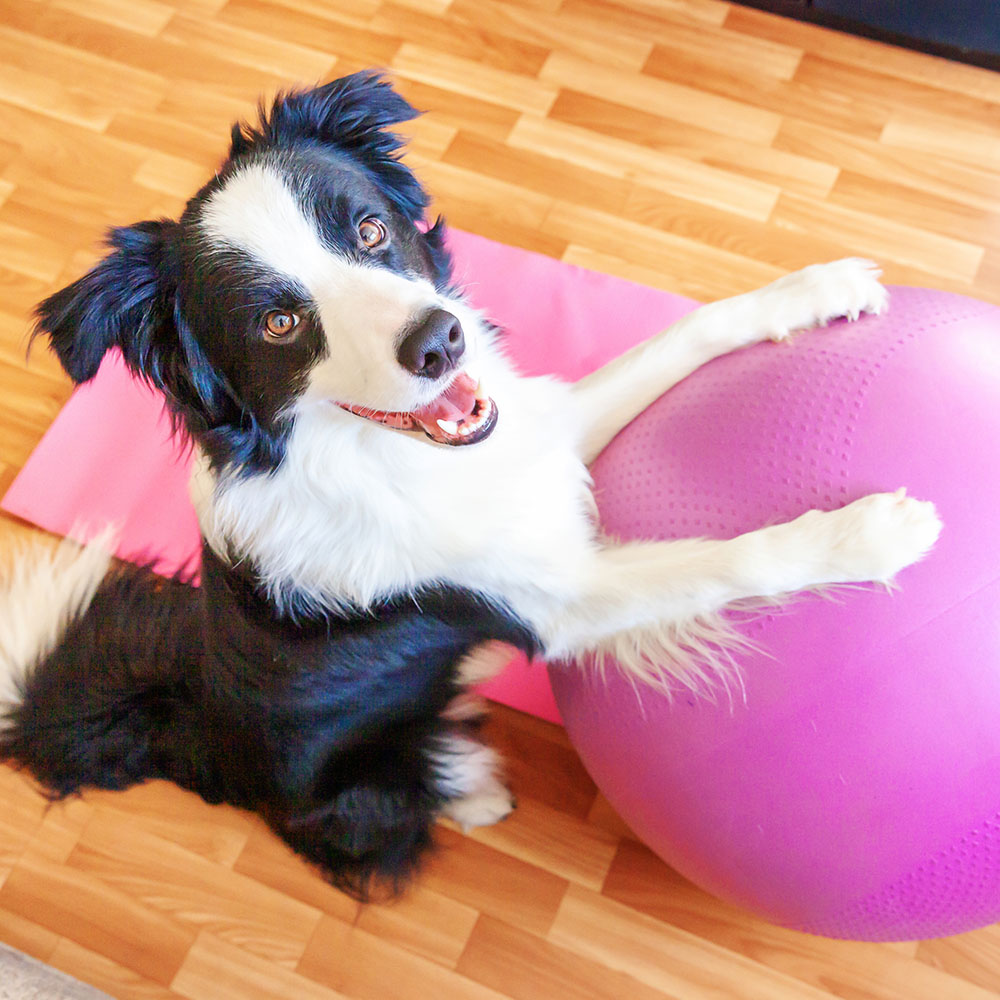
We are happy to provide you with the Rehabilitation Digital Toolkit, a resource that makes it easy to maintain timely, relevant communications with pet parents. The Vetoquinol team is dedicated to helping pets and improving the clinic experience for you and your clients. This digital toolkit is just one of the ways we use our passion for animal health to help you grow your business.
Below, we have provided information you can simply copy and paste into social media posts, on your website, and in emails and letters to your clients. Feel free to use the information as provided or personalize to your taste. The Rehabilitation Digital Toolkit includes the following:
-
-
- 12 social media posts for use on sites such as Facebook, Twitter, and Instagram
- 2 articles for use on your website, blog or in newsletters
- 5 e-mails to send through your practice management software
- 4 infographics (including 1 case study) for use in your clinic or on your social sites
-
We hope you find this toolkit to be a valuable resource for your practice. Please feel free to contact your Vetoquinol USA Sales Representative with any questions.
Articles
Use the following content on your clinic’s website, blog or within a newsletter.
Managing Your Pet’s Weight to Help Alleviate Joint Pain
Obesity is a complex disease with influences of genetics, environmental factors, and other diseases. The Association for Pet Obesity Prevention estimates that 54% of the pets in the United States are overweight or obese. Why does this matter? Pets that are overweight or obese are at risk for several diseases, including osteoarthritis (OA). Obesity is ultimately caused by consuming more calories than needed. The excess calories are stored are then stored as fat. Hormones and chemicals related to inflammation are released from this fat, causing chronic diseases such as OA. Cartoon cats with a fancy for pasta are not aspirational for our pets. Just like people, a weight loss journey is never all that simple and easy. However, in the end will lead to a more enjoyable life for your companion.
How Do I Know If My Pet is Overweight?
One of the first steps to evaluating a pet that is overweight or obese is a thorough physical examination and laboratory tests. Your veterinarian will help you evaluate your pet’s Body Condition Score (BCS) which evaluates body fat by observation and palpation. There is a 5-point scoring system and a 9-point scoring system. For most pets a body condition score of 3 on a 5-point system and 5 on a 9-point system is a good goal.
Some signs your pet is at a healthy weight are:
- Dogs: Ribs are easily felt with little fat covering. When viewed from above a waist can be seen. From the side, a stomach tuck is present.
- Cats: Ribs are easily felt with little fat covering as well. The lower spine can be clearly seen. There is an obvious waist behind the ribs with minimal stomach fat.
Tips for Weight Management
Below are some ways that can help make your pet’s weight management more beneficial and easier for the both of you:
- Weight loss foods high in protein will help encourage weight loss and a lean body while those high in fiber will keep your pet feeling full while consuming fewer calories.
- Be sure to calculate treats within your pet’s diet plan, save 10% for treats.
- Some good options are: low calorie treats and certain fruits and vegetables.
- Supplements may also be used for treats to simultaneously reward you pet and create healthier joints (Examples: Flexadin Advanced, Flexadin Plus, etc.)
- Incorporating an exercise plan is important to help your pet lose weight and relieve joint pains. Walking is always a convenient and inexpensive way to exercise. Duration, frequency and intensity can all be adjusted based on the individual pet’s needs.
- Typically a pet needs to eat 20% to 30% fewer calories than it would need to maintain weight.
- Monitor weight loss. Weigh your pet every week or so and write down the number. If weight loss stops, reevaluate what you’re doing.
- Underwater treadmill walking has also been successful for many obese cats and dogs that have a difficult time walking on their own. (Check for availability in your area.)
- Don’t expect a rapid drop in weight, but slow and steady weight loss. Pets will gradually lose weight overtime with the slowest being in cats.
Feeding a weight loss food, using supplements to maintain healthy joints, and exercising several times a week are all key parts to a good weight management program. However, the most important step each pet owner needs to take is recognizing that there is a problem and to take action. We sometimes use excuses of “she’s just fluffy” or “he’s big boned” but honesty is needed to recognize positive changes that will better the quality of your pet’s life. It isn’t easy but helping your pet lose weight and maintaining an ideal weight will make them feel better in the long run.
The Benefits of Walking Your Dog
It’s no secret that regular physical activity is beneficial to the health of both people and animals. Maintaining mobility is especially important for pets with osteoarthritis (OA). The great thing about walking is that the duration, frequency and intensity can all be adjusted based on the individual pet’s needs. Plus, dogs make great exercise partners and can help motivate owners to get moving!
- Walking is a great way to bond with your dog.
- Exercise, including walking, helps with weight control. Since dogs with OA often need better management of their weight, walking is an important part of a weight loss plan.
- Walking gives you the chance to get in tune with nature! Too little stimulation can contribute to a number of behavioral problems, and a daily (or frequent) walk can reduce boredom, provide interesting sensory interactions and opportunities for socialization. If your dog is not used to being around other pets use caution if you meet other dogs on your walk and use a leash when necessary.
- The positive impact of dog walking motivates some people to get moving themselves. Having a dog as a walking buddy overcomes some of the barriers of finding an exercise partner. A dog always has time, as opposed to a friend who might not be able to schedule time. Dogs can also make walking more fun and help a person stick with the exercise program. Dogs love routine and once you get into a walking routine, your furry companion will likely not let you forget your daily walk.
- The key is consistent and controlled exercise. High intensity activities over a short period are more likely to cause injury.
It’s good for you too!
The Human Animal Bond Research Initiative (HABRI) Foundation recently announced the results of a study that explored what happened when participants were sent emails with incentives to walk. Pet owners were sent reminders about the benefits to their dogs of walking, and non-dog owners were reminded of the benefits to themselves. Although both groups increased their walking times, the dog owners accumulated significantly more walking minutes per week than the non-dog owners! The powerful human-animal bond can help change behavior in a positive fashion.*
A positive exercise experience is a happy and healthy one
Walking is a good exercise even for pets with OA, but be sure to keep the experience a positive one. Some pets will benefit from being on supplements or pain relieving medication before starting an exercise program. Make a pledge to take more walks together and reap the benefits of better health. Talk to your veterinarian about how to get started and then hit the trail!
*Randomized Controlled Theory-Based, E-Mail-Mediated Walking Intervention: Differences Between Dog Owners and Non-Dog Owners. Richards, E. A., N. Ogata, and C.-W. Cheng. Clinical Nursing Research (2016): 1-21. 1 July 2016
Emails
Use the following content in your clinic e-mail to pet owners.
Subject:
Consider rehabilitation services for your pet!
Body:
Rehabilitation therapy is an emerging field recognizing pets can benefit from specific exercises that can help decrease pain, improve fitness, and restore function.
Call us to schedule a consultation if you’ve noticed:
- A change in movement after an accident, injury, or surgery
- Unexplained weakness
- Changes in activity due to aging
Our team has recently undergone extensive training in rehabilitation practices. Call today to schedule a consultation!
Subject:
Improve your pet’s quality of life with rehabilitation
Body:
Have you noticed your pet being less active or agile? Rehabilitation might be right for your pet!
The goal of rehabilitation is to achieve the highest level of function, independence, and quality of life possible for the patient. Our team has recently completed additional training to add this important service to our practice.
Your pets are family, and we can help them be active for years to come. Call now to schedule an appointment.
Subject:
Support adult and senior pets with hands-on therapy
Body:
Did you know that most older pets can benefit from rehabilitation therapies that help improve mobility and maintain fitness?
Our practice can create a program specialized for adult and senior pets. Call today to schedule a consultation!
Subject:
Is extra weight keeping your pet down?
Body:
Carrying a little extra weight can put increased strain on your pet’s joints. Our practice can help you create a complete fitness plan that is gentle — and effective!
Our team has recently undergone extensive training in rehabilitation practices. Call today to schedule a consultation!
Subject:
5 Signs rehabilitation therapy may be right for your pet
Body:
Rehabilitation therapy may be right for your pet if you notice any of these signs:
- Limping
- Decreased activity
- Refusing to jump or pausing when jumping of furniture or into/out of vehicles
- Taking extra time to get up
- Resists being picked up or petted
Our practice can create a customized program for your pet. Call today to schedule a consultation!
Infographics
Here are handy infographics with helpful information for pet parents. You can print the files for use in your clinic or send electronically to your clients. Click the images below to save a PDF to your computer. Right-click the image and choose “Save Image As…” to save the image to your computer.

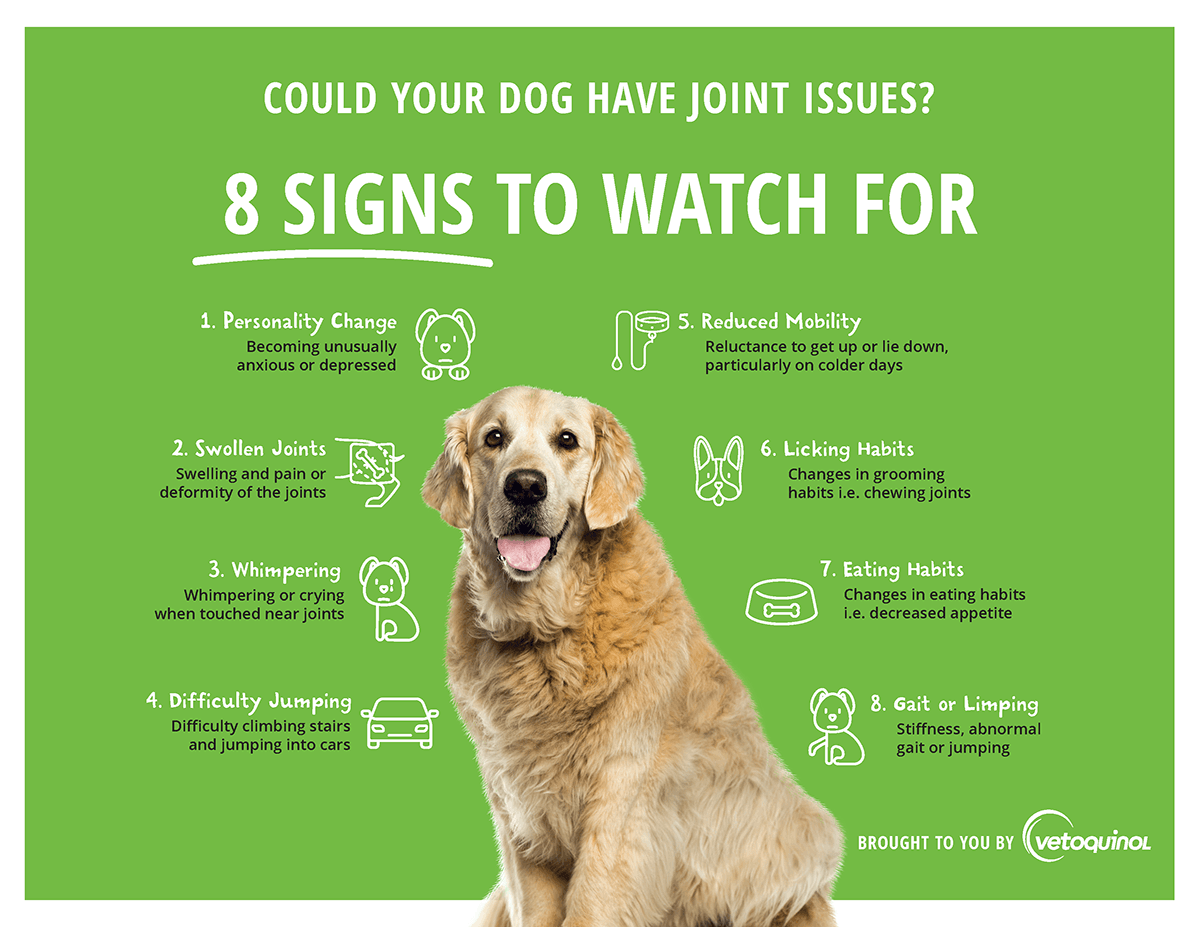
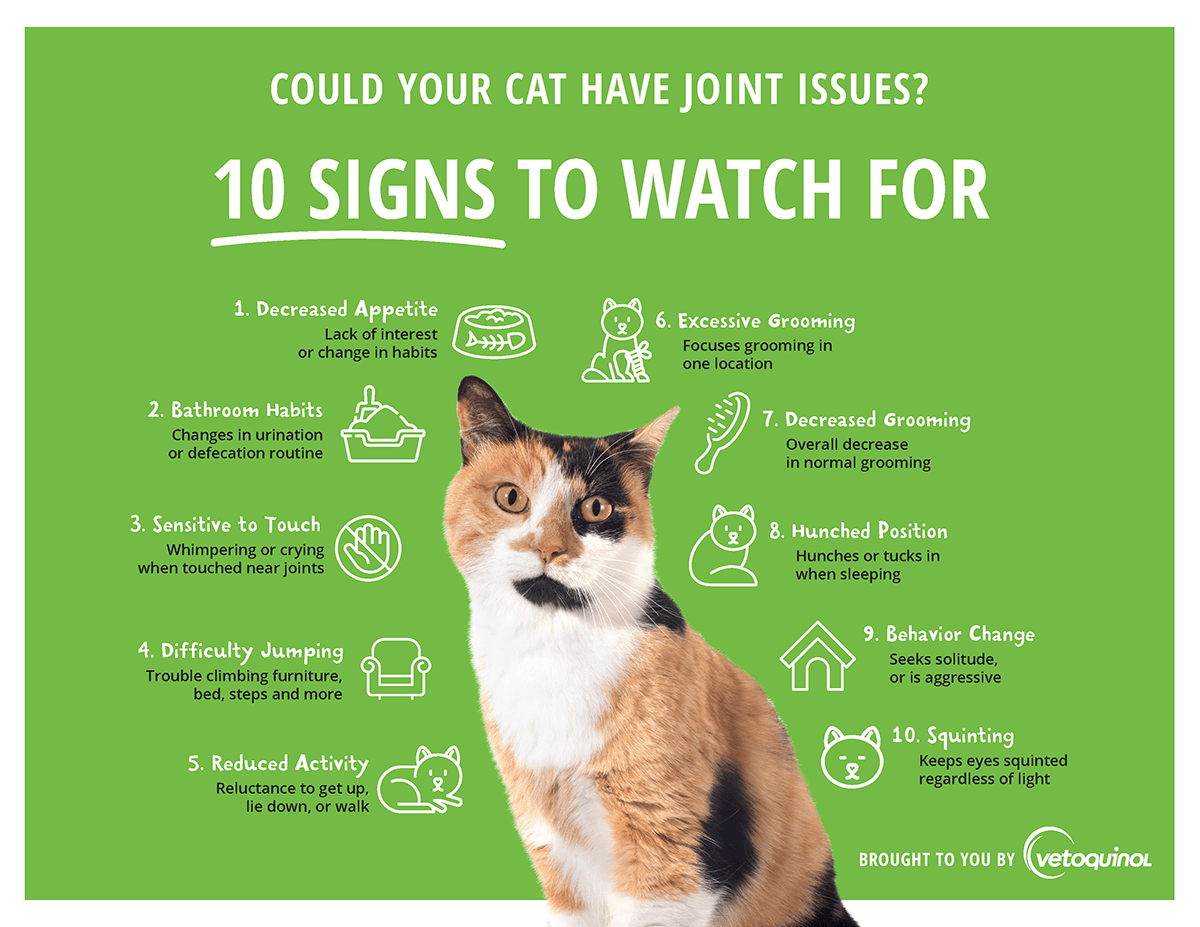
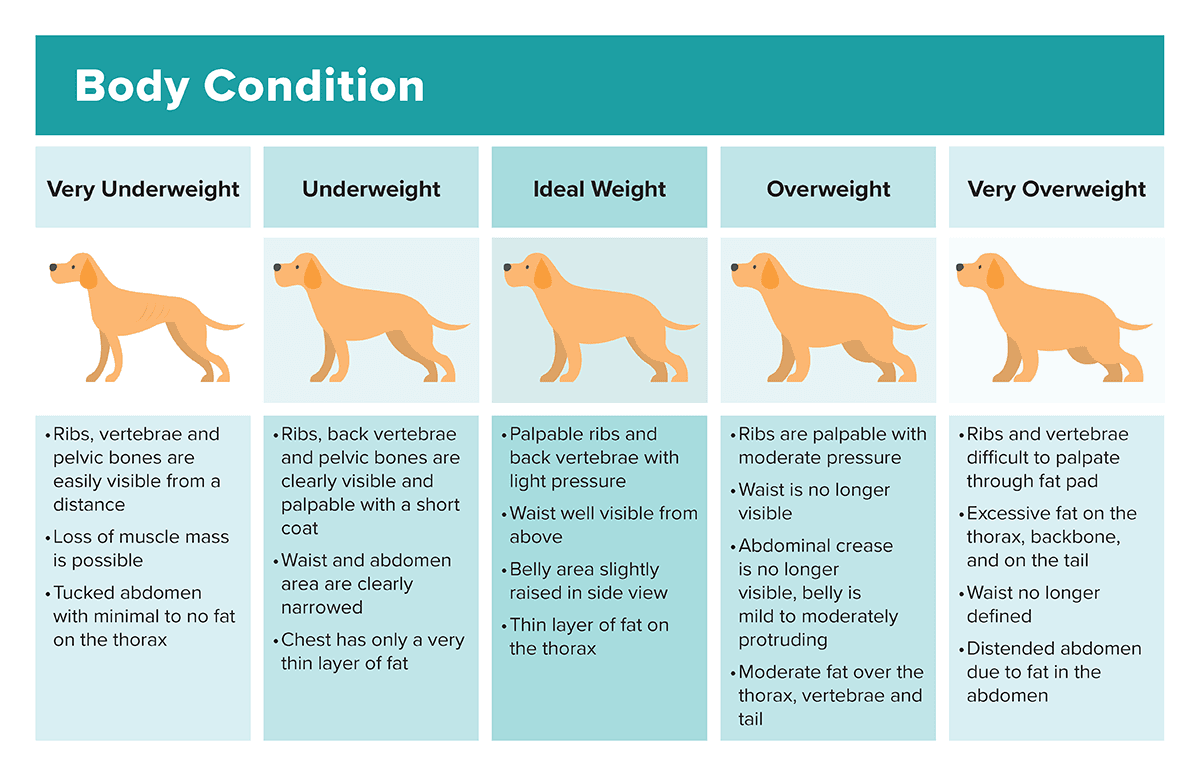
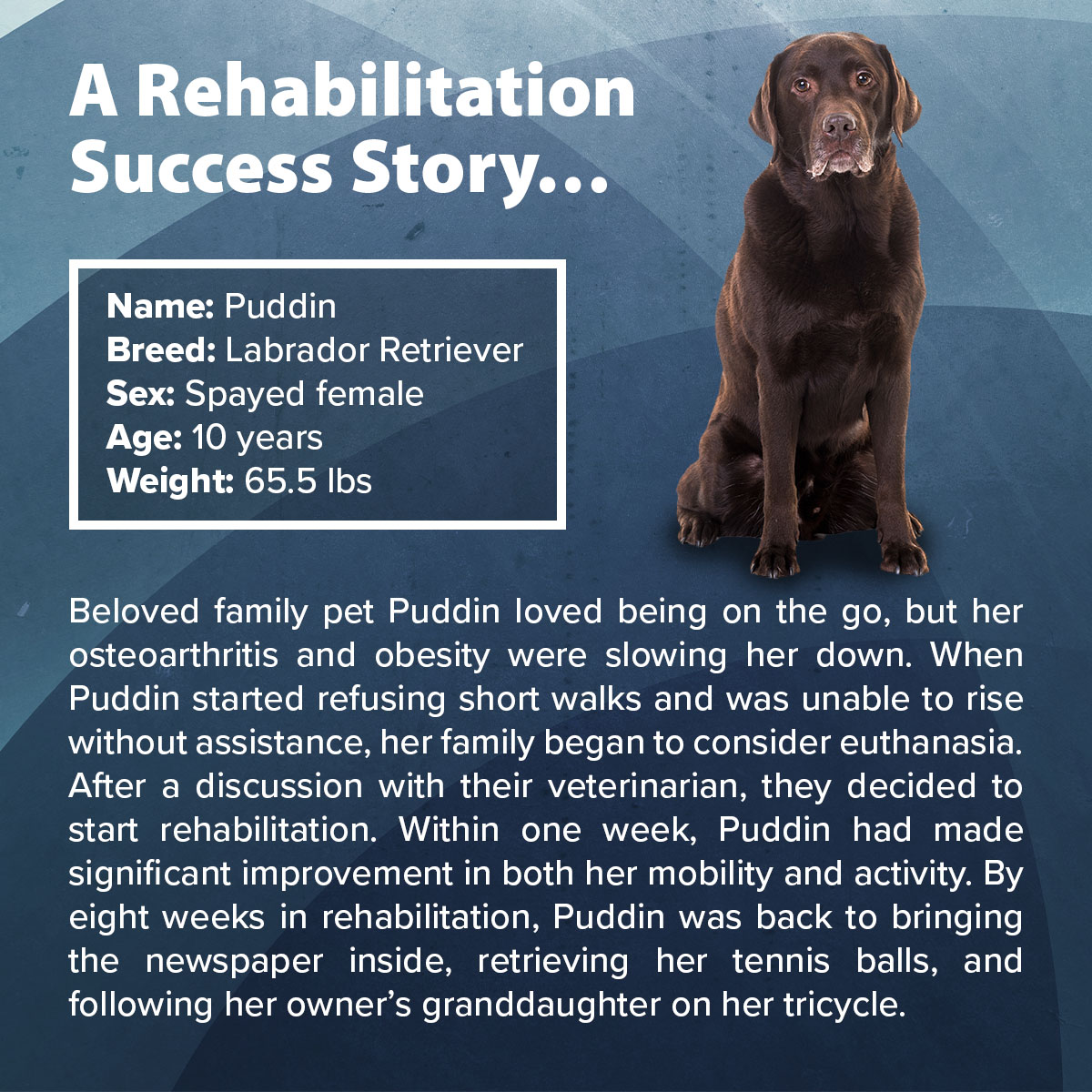
Social Media Posts
Copy and paste the desired text to your clinic’s Facebook, Twitter or Instagram pages and follow any additional steps as instructed. Right-click the associated image and choose “Save Image As…” to save the image to your computer, then add the image to your post.